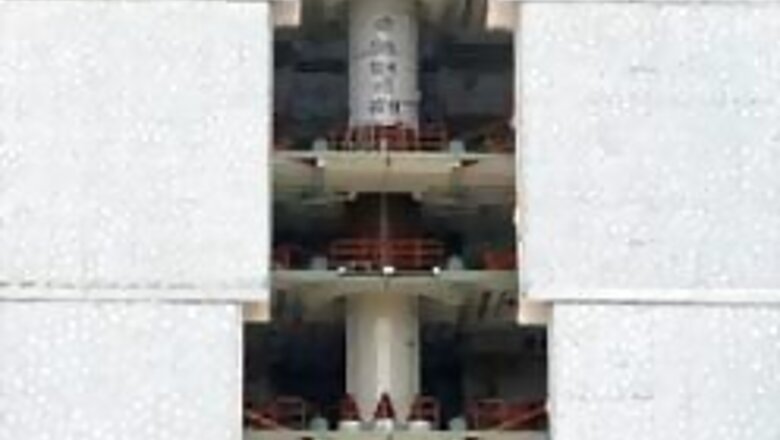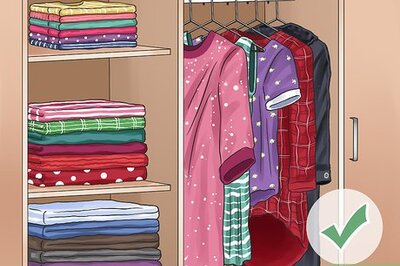
214
views
views
Here are some basic facts about the moon mission.
India will launch its first unmanned moon mission on Wednesday, following in the footsteps of rivals China and Japan, as it tries to show off its scientific know-how and claim a bigger chunk of global space business. Here are some basic facts about the project:
- The unmanned rocket is called Chandrayaan-1. It costs rupees 3.86 bln ($79 mln), has a take-off weight of more than 1.3 tonnes, and is being sent on a two-year mission to orbit the moon.
- India will be the third Asian country to send an unmanned mission into the lunar orbit. Chandrayaan-1 is much cheaper than spacecrafts launched by India's Asian rivals. China's first lunar probe cost over $187 mln when it launched in October 2007, while Japan's Kayuga, launched in September 2007, cost $480 mln.
- Chandrayaan ("moon vehicle") plans to map a three-dimensional atlas of the moon, and the surface's chemical and mineral composition.
- The rocket carries 11 payloads -- five from India, two from the USA, and one each from Germany, Britain, Sweden and Bulgaria.
- About 1,000 scientists have worked on the project for four years.
- India plans to send an astronaut into space by 2014 and a manned mission to the moon by 2020. The Indian government has approved the launch of Chandrayaan-2, which is expected to take off between 2010 and 2012, and will include a rover that will land on the moon.
- At least 16 Indian satellites currently orbit the earth, supporting telecommunications, TV broadcasting, earth observation, weather forecasting, remote education and healthcare.
- India started its space programme in 1963, developing its own satellites and launch vehicles to reduce dependence on overseas agencies. India's constellation of seven earth-observation satellites is the largest in the world.
- In 1959, the sphere-shaped Soviet spacecraft Luna 1 became the first spacecraft to orbit the moon.



















Comments
0 comment